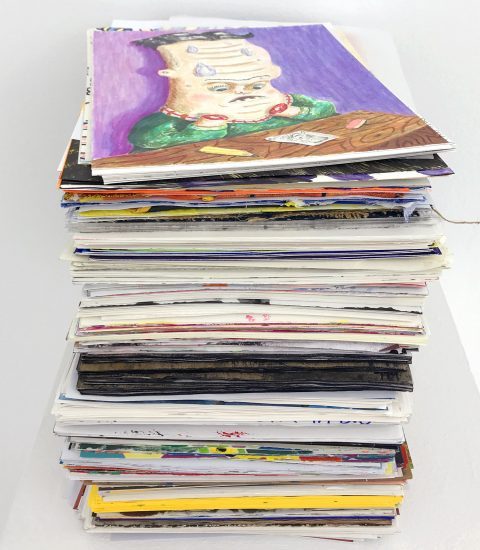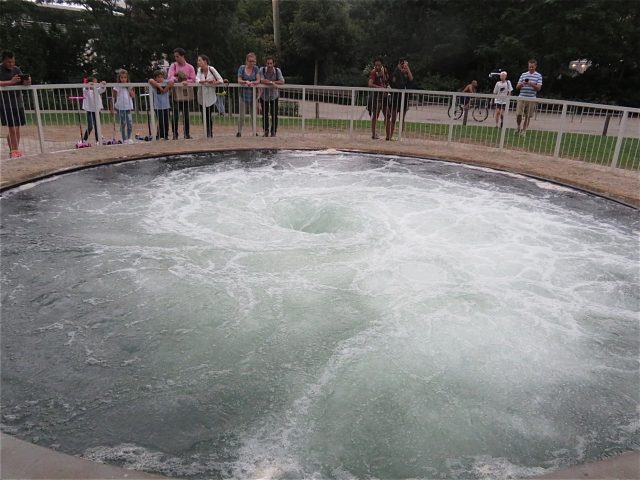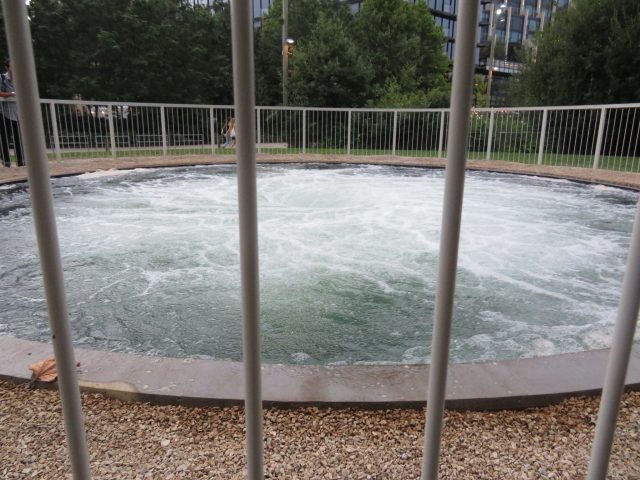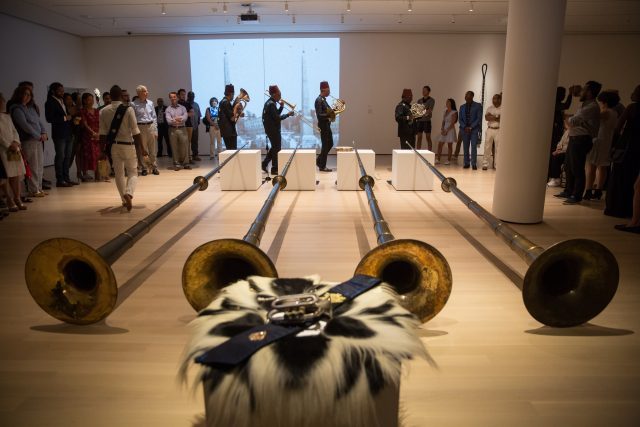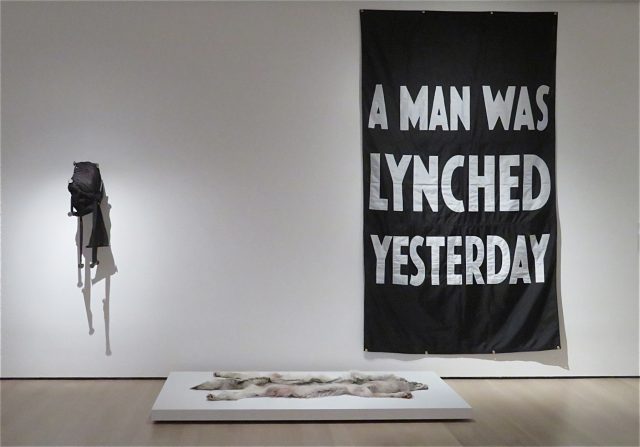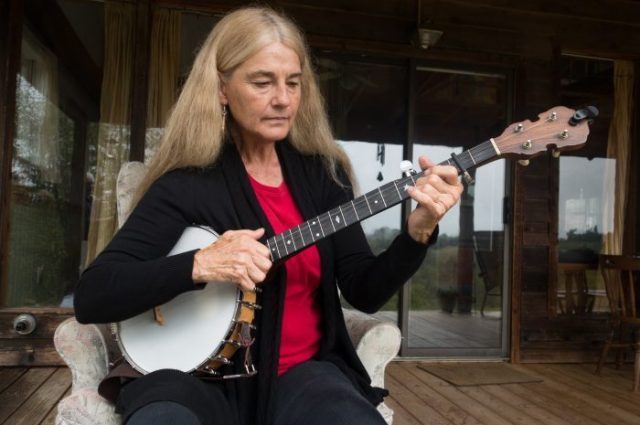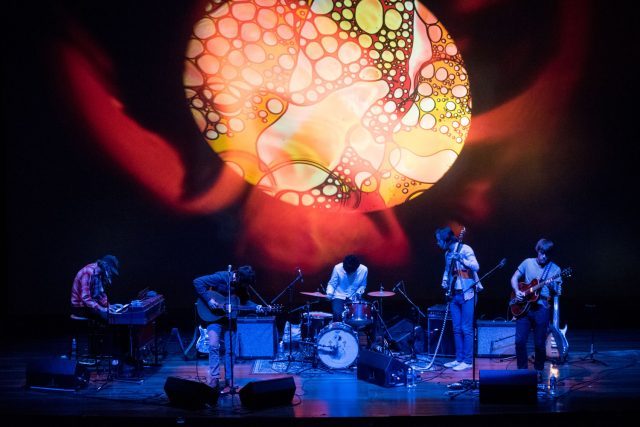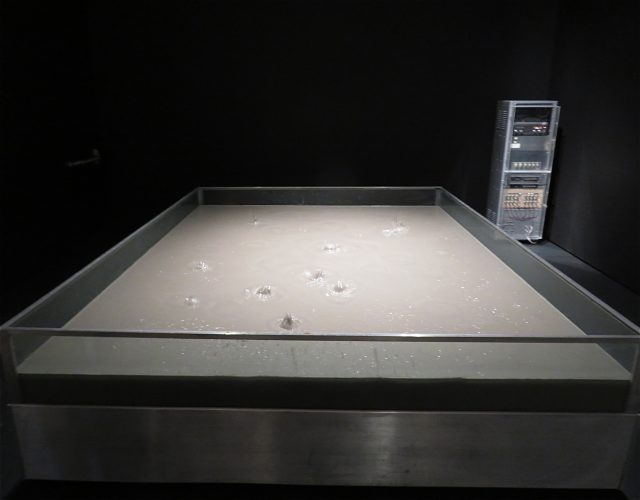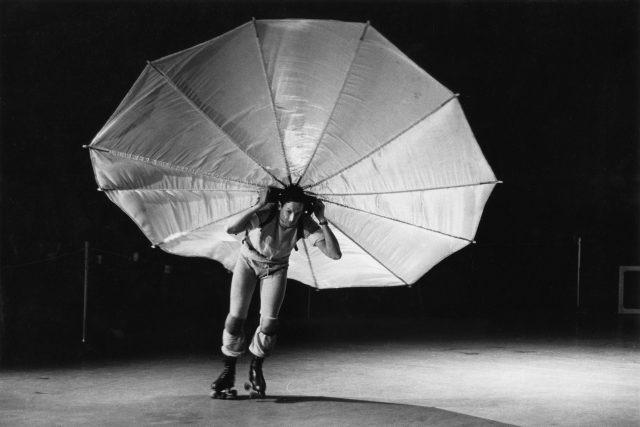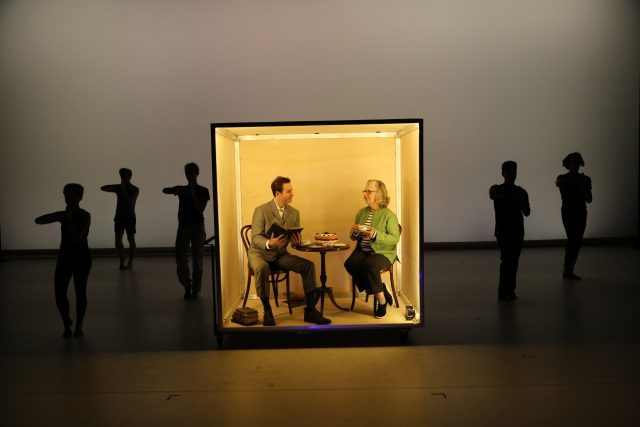
John Heginbotham and Maira Kalman collaborate on the multimedia The Principles of Uncertainty at BAM this week (photo by Adrienne Bryant)
BAM NEXT WAVE FESTIVAL
BAM Fisher, Fishman Space
321 Ashland Pl.
September 27-30, $25
718-636-4100
www.bam.org
“How can I tell you everything that is in my heart. Impossible to begin. Enough. No. Begin. With the hapless dodo,” Maira Kalman writes at the start of her 2006-7 online graphic diary, The Principles of Uncertainty, which ran on the New York Times website. The diary was later published in book form, with such chapters as “Sorry, the Rest Unkown,” “Celestial Harmony,” “Ich Habe Genug,” and “Completely.” Kalman, the author and/or illustrator of such other books as My Favorite Things, Looking at Lincoln, and Beloved Dog has also designed sets and costumes for the Mark Morris Dance Group, delivered a popular TED talk in 2007, and was the subject of a major retrospective at the Jewish Museum in 2011. The New York City–based Tel Aviv native will take the stage at BAM this week for the sixty-minute dance-theater piece The Principles of Uncertainty, a live staging of her blog in collaboration with choreographer John Heginbotham in which she will perform with Dance Heginbotham, which is celebrating its fifth anniversary this year. While Kalman sits in a box reflecting on her memories, dancers will move around the stage as members of the chamber ensemble the Knights play live music composed, curated, and arranged by Colin Jacobsen. The piece is directed and choreographed by Heginbotham, with illustrations, costumes, and set design by Kalman. In the catalog of the Jewish Museum exhibition, “Various Illuminations (of a Crazy World),” Kalman explains, “There is a strong personal narrative aspect of what I do. What happens in my life is interpreted in my work. There is very little separation. My work is my journal of my life.” This multidisciplinary collaboration at the BAM Fisher, which runs September 27-30, is merely the latest chapter of her intimate story, engaging with the public in yet another new way. (The September 28 performance will be followed by a Champagne toast and dessert reception on the Fisher Rooftop Terrace for those who purchase a $200 Celebration Ticket in conjunction with Dance Heginbotham’s fifth anniversary.)
